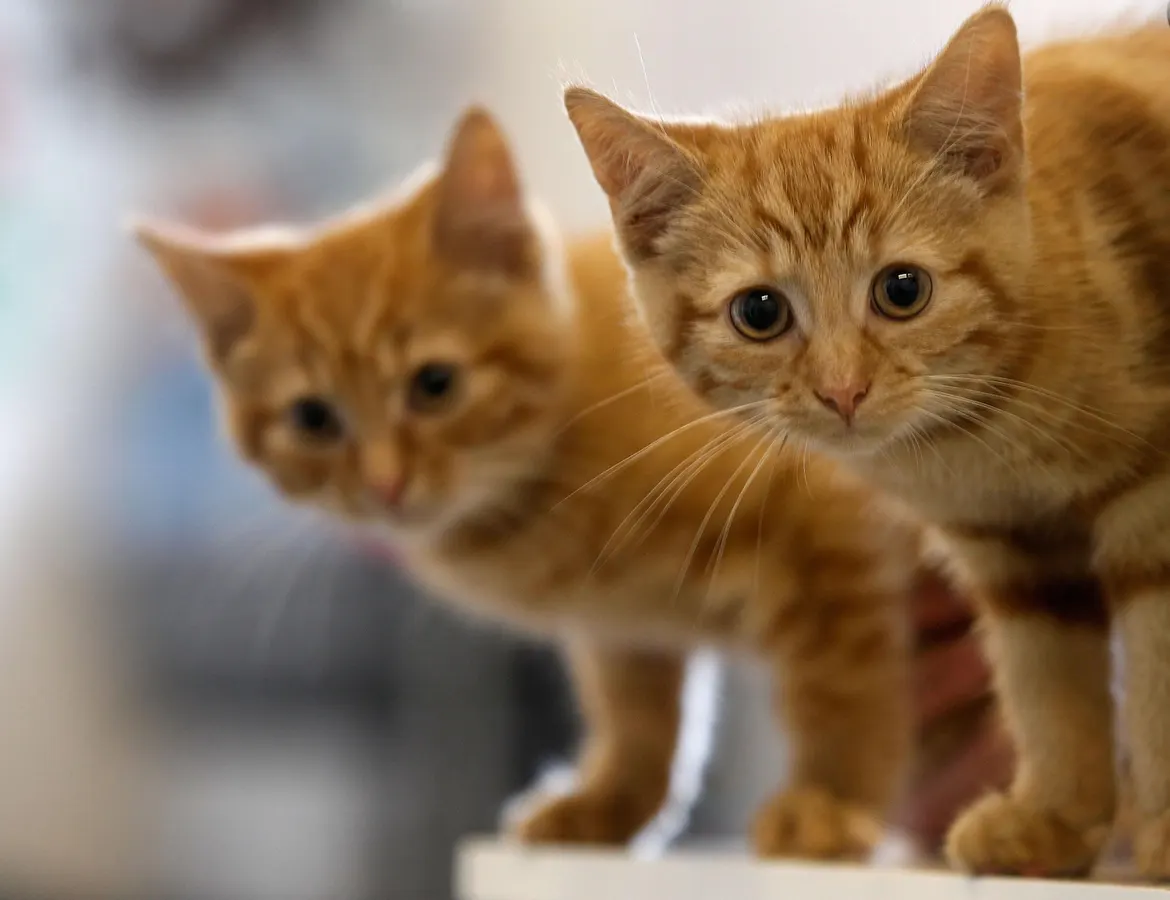A Biologist Reveals The 10 Most Common Cat Names (Hint: #1 Is Also The Most Common Dog Name)
By Contributor,Scott Travers
Copyright forbes

Naming a pet is an exercise in creativity. In case you’re looking for inspiration, here’s a list of 2025’s most popular cat names, according to data from Trusted Housesitters.
Getty Images
Naming a pet is an exercise in creativity, intuition, and, increasingly, a reflection of our cultural moment. Thanks to data from Trusted Housesitters, we have a clear view into the most popular cat names of 2025.
The Top 10 Cat Names Of 2025
According to Trusted Housesitters, the most common cat names in the United States this year are:
Why These Names?
At first glance, this list may seem like a mere collection of cute and familiar names, but there’s more going on here. Many of these names reflect deeper biological and psychological undercurrents in human-animal relationships.
For instance, “Luna” has topped both cat and dog name lists for the past couple of years. Linguistically, it’s easy to pronounce and emotionally resonant. It conjures softness, mystery and femininity, all qualities that align with how many of us perceive feline behavior.
Names like Oliver, Leo and Milo also tend to carry friendly, approachable tones, which are important traits for animals who live in close proximity to humans. Leo, in particular, shows an overt connection to cats’ biological identity, given its roots in “lion.”
MORE FOR YOU
Interestingly, Simba and Nala, also names of lions, have been popular pet names; a clear result of ongoing influence from Disney’s The Lion King, which has proven to have remarkable staying power across generations.
Popularity Shifts: What’s New And What’s Fading?
Compared to a decade ago, the 2025 list has several key differences. Names like “Shadow” and “Chloe,” once common among cats in the 2000s and early 2010s, have largely fallen out of favor, even though they’re still part of the top 25 cat names this year. These have been replaced by shorter, human-style names, which is another interesting evolutionary signal.
Given our deep affection for our pets, we have a tendency to anthropomorphize them, viewing them less as animals and more like family members. This blurring of species roles may explain why names like Charlie, Lucy and Bella, which were previously more common for children, have become predominant ones for pets.
This is also a trend well-documented in recent behavioral research, since for many pet owners, emotional connections with pets are on par with that of other people in their lives (if not deeper).
Dogs Vs. Cats: Naming Convergence And Divergence
There are interesting commonalities between cat and dog names, and it’s not a coincidence. For instance, names like Luna, Bella and Charlie are also in the top ten for dogs.
But there are subtle differences. Dogs have been given traditionally “canine” names such as Cooper and Rocky, which are noticeably missing from the list of most popular cat names. This might be an indication of lingering differences in how we view dogs compared to cats: dogs as rambunctious, loyal friends who need “strong” names, and cats as sleek, inscrutable or even royal animals who deserve daintier, heavenly or mythological-sounding names.
The name Loki, presently the tenth most popular cat name, is a prime example. Named after the Norse trickster god, it captures a view of cats as intelligent, cunning and aloof; qualities supported by behavioral research indicating that cats demonstrate greater opportunistic problem-solving skills than dogs.
Regional Differences: The Role Of Geography And Culture
Although the top 10 ranking of cat names is the national average, there are some notable state-by-state differences. Trusted Housesitters’ regional breakdown of popular names showed that:
In Denver, Colorado, names like Juniper, Maple and Rocky are disproportionately popular, implying a regional enthusiasm for nature-inspired names.
Texans are also inspired by their home state, with names like Dolly, Willie and Chili being preferred.
In cities such as New York, names like Biggie, Bowie and Cannoli were more common, indicating influences of music and food culture.
These geographic tastes tend to reflect local values, aesthetics or even climate.
Pop Culture And The ‘Loki Effect’
Pop culture has a most evident influence on pet naming. Loki, for instance, became hugely popular after the character’s portrayal by Tom Hiddleston in Marvel movies and TV shows.
What’s fascinating is that owners often choose names like this not only for their popularity but for perceived personality alignment. Cats, already known for their aloof, intelligent and unpredictable behavior, seem to naturally fit the “trickster” archetype.
Similarly, the continued popularity of names like Simba and Nala, decades after the original Lion King release, shows how deeply cultural imprints can become embedded in naming trends. We’re likely to see a new wave of names soon inspired by characters from AI-driven media and streaming-first animated series, where pets or animal-like sidekicks are given memorable names.
As humans, we assign names not just to identify, but to form connections. To express identity, affection and imagination. In the case of pets, especially cats, those names often reflect both our personal tastes and broader societal trends.
From a biological standpoint, the names we give our pets can be seen as a kind of co-evolution: just as we have shaped the behavior and ecology of cats through domestication, they have in turn influenced our language, culture and emotional lives.
Naming a cat may seem simple, but it’s steeped in deep psychological, social and even evolutionary context. As 2025’s list shows, our naming conventions continue to evolve, one Luna, Loki or Leo at a time.
Are you an animal lover who owns a pet? Take the science-backed Pet Personality Test to know how well you know your little friend.
Editorial StandardsReprints & Permissions